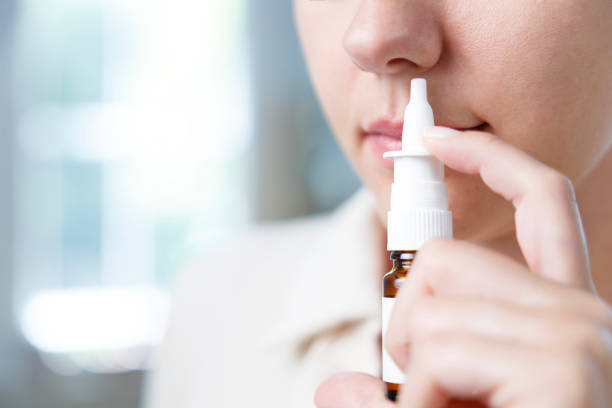USP Inhaler Real Time Stability Testing
The USP Inhaler Real Time Stability Test is a critical procedure designed to evaluate the chemical stability and physical integrity of inhalation products over time. This test adheres strictly to United States Pharmacopeia (USP) standards, ensuring that pharmaceutical formulations remain consistent with their specifications throughout shelf life.
During this real-time testing, samples are exposed to conditions that mimic actual storage environments, such as temperature and humidity variations. The goal is to identify any degradation or changes in the product's potency, appearance, or stability that could affect patient safety or efficacy. This method differs from accelerated stability testing by providing more realistic insights into how products behave under real-world storage conditions.
The test typically involves placing samples in controlled environmental chambers where they are subjected to various stress factors including temperature (ranging between 40°C and 60°C), relative humidity, light exposure, and even oxygen levels. These parameters can be adjusted according to specific product requirements outlined by the USP.
Real-time stability testing is particularly important for inhalation products because these medications are often used in emergencies or critical situations where slight variations could have significant impacts on patient health. Ensuring that such drugs maintain their efficacy and safety across all stages of production, distribution, and use is paramount.
The process involves rigorous monitoring at regular intervals to observe any signs of degradation. Data collected during these tests help manufacturers make informed decisions regarding packaging choices, storage guidelines, and overall quality control measures. By adhering strictly to USP standards, laboratories performing this service ensure compliance with regulatory requirements and contribute significantly towards maintaining public health.
| Product Type | Application Area |
|---|---|
| Inhalers | Ensuring consistent performance in critical situations. |
| Nasal sprays | Guaranteeing effective delivery of medication through nasal pathways. |
Why It Matters
The significance of USP Inhaler Real Time Stability Testing cannot be overstated. For quality managers and compliance officers, this test ensures that inhalation products meet stringent regulatory requirements set forth by the United States Pharmacopeia. Compliance with these standards is essential for maintaining a high standard of care in healthcare settings.
R&D engineers benefit greatly from real-time stability data as it provides valuable insights into how different environmental factors influence product performance. This information helps refine formulations and improve manufacturing processes, ultimately leading to more reliable products.
For procurement teams involved in sourcing raw materials or components for inhalation devices, understanding the impact of storage conditions on final product quality is crucial. Real-time stability testing allows them to select suppliers who adhere closely to best practices, ensuring that every batch meets expected standards.
Industry Applications
- Inhalers used in asthma management
- Nasal sprays for sinusitis treatment
- Aerosols utilized in emergency medical kits
- Long-acting bronchodilators prescribed for chronic obstructive pulmonary disease (COPD)
Why Choose This Test
The USP Inhaler Real Time Stability Testing offers several advantages over other types of stability testing. First and foremost, it provides more accurate predictions about how inhalation products will behave under real-world conditions. Unlike accelerated testing methods that use higher temperatures or humidity levels than those encountered during typical storage, real-time stability tests simulate actual usage scenarios.
Secondly, this type of testing allows manufacturers to optimize their packaging materials and design to better protect sensitive formulations from degradation. By identifying potential issues early in the development process, companies can implement corrective actions before products reach market shelves.
The third advantage lies in its ability to streamline regulatory approval processes. When conducted correctly according to USP guidelines, this test serves as strong evidence supporting a product’s compliance with relevant regulations. This makes it easier for pharmaceutical firms to obtain marketing authorization from governing bodies like the FDA or EMA.





